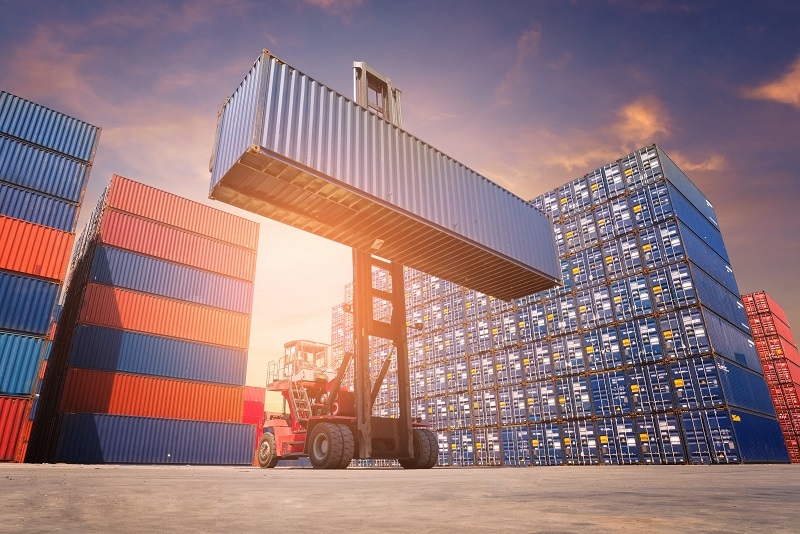Dairy export rise likely with EU influx
 |
| Dairy export rise likely with EU influx - illustration photo/ Shutterstock |
Talking to VIR, Alexander Anton, secretary general of the European Dairy Association, said that the EU-Vietnam Free Trade Agreement (EVFTA) offers great opportunities for the European dairy sector by fully liberalising milk and dairy products in 3-5 years. It also provides protection for nearly 200 products with geographical indications, including many types of cheese.
Currently, dairy products are subject to 5-20 per cent tariffs. For instance, for cheese it is 10 per cent. However, the EVFTA will gradually eliminate all duties. Under these circumstances, dairy trade flows between the EU and Vietnam will most likely increase.
In 2019, the EU exported 63,000 tonnes of dairy products to Vietnam for a value of more than €110 million ($128.72 million). Meanwhile, Vietnam exported to the EU half a tonne of products for a value of €2,000 ($2,300).
“We expect increases in the volume and value of milk and dairy exports from the EU to Vietnam in the years to come. This magnitude of this increase will depend on the consumption trends among the Vietnamese population,” Anton said.
Now that the FTA has entered into force, the EU dairy trading community looks forward to reaping the benefits of the deal.
“Tariffs on European dairy imports are currently quite low in Vietnam. Skimmed milk powder, for example, is subject to a 5 per cent charge. Nevertheless, the complete removal of all tariffs within five years will allow European products to directly compete with imports from Australia and New Zealand, which enjoy duty-free access to the Vietnamese market as a result of the ASEAN-Australia-New Zealand Free Trade Agreement and the Comprehensive and Progressive Agreement for Trans-Pacific Partnership,” said Aloice O’Donovan, legal and policy advisor at the European Association of Dairy Trade.
“Currently per capita consumption of milk in Vietnam is low. While there is dairy production in Vietnam, self-sufficiency in milk is still quite far off. We expect that the EVFTA will create a boost in exports to Vietnam, with investment by European companies in Vietnamese dairy production also being a possibility,” O’Donovan added.
Last year, Vietnam’s per capita demand for milk is 26 litres a year, lower than the 35 litres in Thailand, 45 litres in Singapore, and the 80-100 litres in Europe. Moreover, the dairy industry has only met about 35 per cent of the domestic demand.
Under the development plan for the domestic dairy industry, the production of fresh milk is expected to reach one billion litres, meeting 38 per cent of the domestic demand in 2020 and increasing to 1.4 billion litres, meeting 40 per cent of the demand by 2025.
The growing presence of European dairy products will help meet the local demand but will also pile pressure on Vietnamese producers. Nevertheless, Anton from the European Dairy Association noted that dairy is not yet a part of the daily Vietnamese diet, which is underlined by the rather low historical production volumes of milk in Vietnam. Cheese is also not seen as part of a healthy and nutritious diet, yet an increase in exports, for instance for drinking milk, is still expected.
The most prominent and best-known EU dairy product on the Vietnamese market is FrieslandCampina, which is a vibrant and fully integrated part of the Vietnamese dairy sector, both in terms of local production and EU imports. However, statistics from the German Zentrale Milchmarkt Berichterstattung GmbH show that Vietnam is only 41 per cent self-sufficient in milk, which is higher than estimates from local authorities. In comparison, the EU is around 112 per cent self-sufficient, meaning the producers are active exporters of a wider range of products.
For these reasons, European milk and dairy products cannot really be seen as competition for national milk production, especially since EU dairy is an integrated part of your national ‘lactosphere’ (dairy sector).
However, according to a report by VNDirect, the reduction of import duties will benefit European countries that are famous for their dairy products and will increase the competitive pressure on domestic milk businesses.
The EVFTA also opens opportunities for Vietnamese dairy companies to more easily access production technology and milk ingredients from Europe, which are highly appreciated for quality and food safety, thereby improving the quality of domestic dairy products.
According to European Commission’s figures, the EVFTA could boost Vietnam’s booming economy by 15 per cent of GDP, with Vietnamese exports to Europe growing by over a third.
What the stars mean:
★ Poor ★ ★ Promising ★★★ Good ★★★★ Very good ★★★★★ Exceptional
Themes: EVFTA & EVIPA
Related Contents
Latest News
More News
- Vietnam's top 500 value-creating enterprises announced (December 27, 2025 | 08:00)
- The PAN Group shaping a better future with ESG strategy (December 26, 2025 | 09:00)
- Masan Consumer officially lists on HSX, marking the next phase of value creation (December 25, 2025 | 13:20)
- MCH to become the largest consumer stock on VN-Index (December 24, 2025 | 11:05)
- Oil and gas firms post strong 2025 results (December 22, 2025 | 17:42)
- SABECO wins multiple international beer awards (December 22, 2025 | 17:41)
- UOB sees Vietnam growth easing in fourth quarter (December 22, 2025 | 17:39)
- First members of Danang International Finance Centre revealed (December 22, 2025 | 17:39)
- Human-centred governance seen as key to AI development (December 19, 2025 | 18:19)
- Top 10 notable events of Vietnam’s industry and trade sector in 2025 (December 19, 2025 | 14:00)

 Tag:
Tag:






















 Mobile Version
Mobile Version